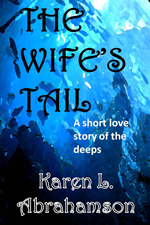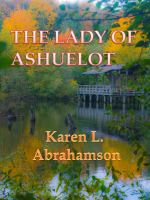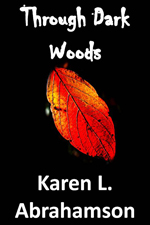The Miscellaneous File: What else you can do to get your books to market?
To recap this series to date, I’ve talked about blogs and a little about reviews. We’ve heard about using social media with the caution that none of these should take time away from your writing, and we’ve also discussed books and branding and getting ready for the market. Sounds like we we’ve covered a lot, but there are still a few other things that an indie publisher can do to help get their books to market. That’s what this blog is about.
First of all, I’m going to say that although e-books seem the major way authors/indie publishers are going to get their books to readers, they should not forget the opportunity to create print publications. I refer you to my blog HERE, for options about Print on Demand (POD), and just to recap, it is not that difficult to create a print book if you are prepared to learn the software to do it.
So first let’s talk about some of the other no-cost/low-cost things you can do to encourage people to buy your e-books:
1. Write good books. I know this seems self-evident, but writing good books and writing lots of them is a critical way to become known. Think about it as in terms of the laws of chance. If you have one book up online there is far less chance that people will discover you, than if you have ten or fifteen. So focusing on writing good books for your market (under one name—for each pseudonym you need to do the same) is a critical piece of your marketing.
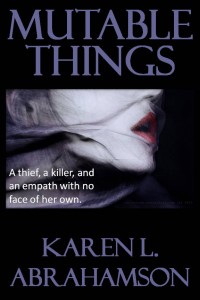
2. Create good covers. This means studying the covers of best sellers in your genre and picking out the things that you think will sell your book. It means finding strong images for your covers because these are the first things that prospective readers see.
3. Write good blurbs/back cover copy. This is the second thing that readers see about your book. Is it interesting? Is it active? Does it raise a question a potential reader might want answered?
4. Within your e-book whether short story or novel, include links to other writing you have for sale. This can be as simple as listing other stories/novels available for sale. It would be better if you included links in the story that will take the reader directly to the other story/novel, so that the reader has the fewest number of clicks necessary to purchase your other material.
5. Include excerpts. This is something I am just starting to do. This means including the first chapter or two of another, similar novel/story, so that the reader can sample it. Hopefully you have good openings and the reader will come to the end of the sample and want to read on. There’s where you insert the link(s) to where the reader can purchase the other book.
6. Loss leaders. If you have short stories that either include the characters in your novel , or are in a similar vein to your novel (e.g. same world, or genre), you can try putting the short story up for free with the free excerpt to the novel attached. A number of friends are finding good success with this. Similarly, if you are writing a series and have the second or third (or fourth etc.) novel coming out, you can sell the first novel in the series at a cheaper price for a limited time.
7. Free Fiction on your website. You can also put short stories like loss leaders up on your website to encourage people to come and read, and then purchase other writing through links on your website.
8. Book cards. (okay, this involves some upfront money, but I still thought I’d include it.) This is a relatively new idea that hasn’t been put in place too much yet, but it involves having gift cards printed for your book and packaged in such a way that they can be sold in book stores. A Canadian company is experimenting with this as are a couple of professional writers I know. These cards can also serve as loss leaders that could be sent to book bloggers or reviewers, or they could be given for free at conferences, or they could be marketed in books stores.
So those are some of the things you can do to market e-books. For POD there are another few options, but these options generally require you to have more than a few books available.
1. Create advertisements for books. If any of you have been at Science Fiction conventions, you’ll recall how there are tables with fliers about upcoming or available books. You can do this too, by emulating book advertisements in magazines or publisher’s catalogues. If you have mastered the process of creating a book for POD, you can certainly create a book flier. These can be distributed at conferences or other book fair events you attend.
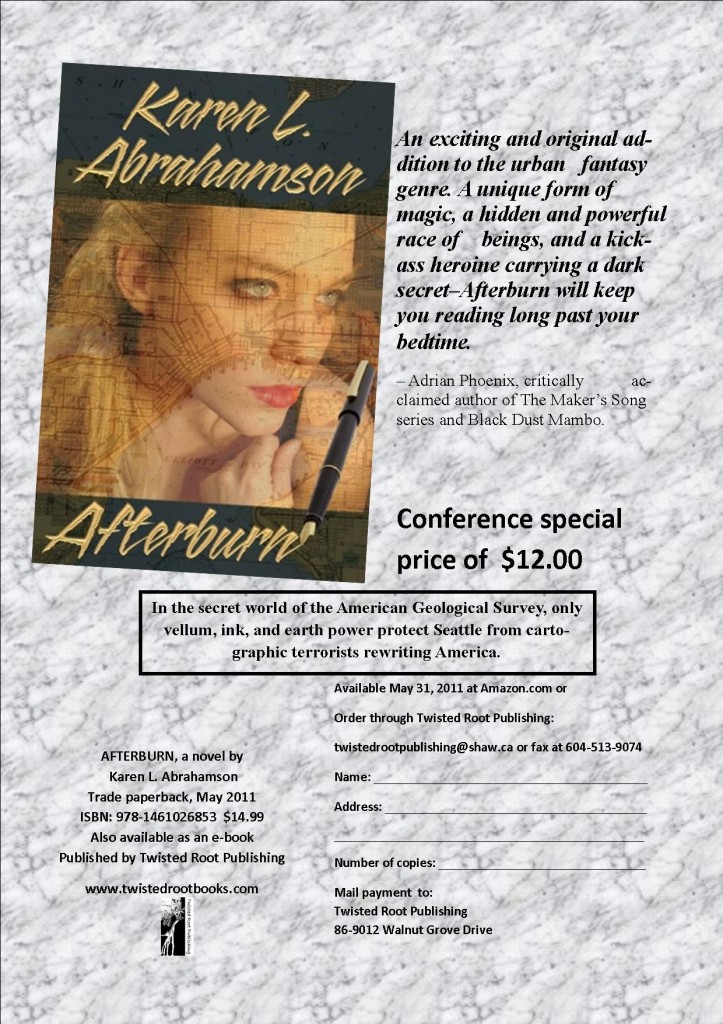
2. Use your local libraries. Often libraries like to support local writers. Approach them about ordering your books. Alternatively offer to donate some.
3. Take advantage of opportunities at conferences etc. to sell your books and promote yourself. If there are opportunities to sell your books then make copies available for sale. Have fliers of your soon-to-be-available books to pique people’s interest. Get on speaker’s lists to talk about your books or related topics and be gracious and interesting when you talk.
4. Approach local bookstores to determine their interest in local authors. I know of at least one local chain that has a policy of supporting local writers and carrying their books. Make sure they know about your work. Take them samples. Which brings to me the biggy:
5. Create a publisher’s catalogue of work available. This includes all the books available from your indie publishing company. Usually this should be at least ten different novels and anthologies. (Remember, you can create anthologies from your short stories, including the freebies.) This means that you create a full color booklet that can be distributed to bookstores locally or even farther afield either through hand delivery or mail out. The big thing here, like with covers, is to ensure your catalogue is professional looking and clearly spells out how and where to find your in-print books.
So those are some options for indie publishers to market their books, whether e-books or print. I haven’t tried them all, but I’m working on it. So what other strategies have you tried and how have they worked for you?
